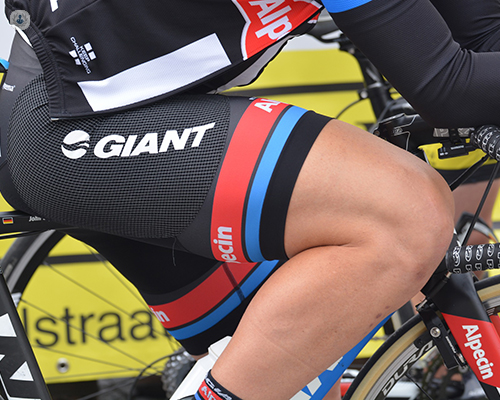FAQs about partial knee replacements
Written by:In this article below, esteemed consultant trauma and orthopaedic surgeon, Mr Tarique Parwez, shares his expert insights with regards to partial knee replacements.

What are the main indications for performing a partial knee replacement versus a total knee replacement?
The patient should be symptomatic enough. The X-ray taken should show that arthritis is present in the knee. In order for a patient to be a good candidate for a partial knee replacement, two thirds of their knee should not be symptomatic and should be functioning correctly, with only one third of the knee needing to be operated on and replaced. Again, X-rays can confirm this.
Another important thing to consider is the level of physical activity. If a patient is young, healthy, and active, then a partial knee replacement is better than a total knee replacement, as a partial knee replacement preserves the cruciate ligament. With a total knee replacement, we have to remove quite a lot of structures within the knee.
How do you determine which type of surgery to recommend to a patient?
Most knees start to wear out on the inside part of the knee. The exact cause of this is unknown. If the patient only feels pain on the inside part of the knee, they are suitable for an inside-compartment partial knee replacement.
Very occasionally, patients have arthritis on the outside part of the knee, and/or a meniscal tear. Those patients are suitable for a lateral-compartment partial knee replacement. These two operations realign the knee. Patients who have suffered knee fractures are also suitable for partial knee replacement surgery.
What are the main surgical approaches for performing a partial knee replacement?
Depending on which part of the knee the patient is experiencing pain, a minimally invasive approach can be done in all cases. For the inside part, surgery involves moving the kneecap to one side and making a very small incision to perform the surgery.
For the lateral side, you can either cut the whole knee or it can be done minimally invasively. The cut is made on the outside of the knee, and there is no scar visible after surgery. For the outside part, surgery entails turning the kneecap upside down, and the muscles are moved to one side. The replacement is then carried out.
What are the potential complications associated with partial knee replacement surgery?
There are some complications related to partial knee replacement surgery. The main ones include:
- Infection
- Blood clots
- One side is stiffer than the other side
- Meniscus popping out of place
- Numbness
- Scar tenderness
- Lengthy healing
What are the expected outcomes and recovery timelines for patients undergoing partial knee replacement?
Success should be measured in years and decades and not months and weeks. Recovery from partial knee replacement is twice as quick. In terms of longevity, patients do not necessarily need to undergo a total knee replacement down the line.
I ensure that partial knee replacements don't wear out easily. This makes it less likely that patients will have to undergo a total knee replacement in the future at some stage. The expectancy is for a partial knee replacement to last as long as a total knee replacement.
To book an appointment with Mr Tarique Parwez, simply visit his Top Doctors profile today.


